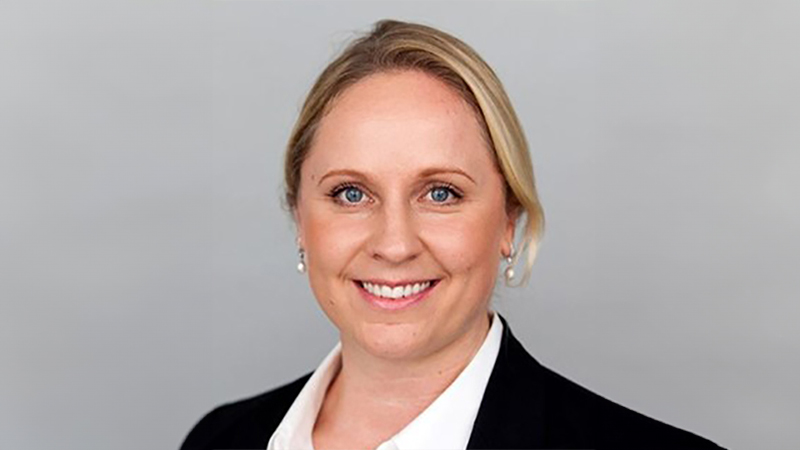The interest rate on the main refinancing operations, the marginal lending facility and the deposit facility remained unchanged at zero, 0.25% and -0.4% respectively.
The statement accompanying the decision had removed reference to the governing council’s readiness to increase the asset purchase programme in terms of size or duration if the outlook became less favourable.
Premier Global Alpha Growth manager Jake Robbins described the removal of the reference to the bond-buying programme’s possible extension as “slightly unexpected”, although added protectionism still weighed on ECB monetary policy.
“Given the risks around global trade as a result of US imposed tariffs and some extra political risk in Italy, it is unlikely that the ECB will move any faster than markets expect anytime soon, particularly given inflation remains subdued well below their targets,” Robbins said.
ECB president Mario Draghi raised concerns about international relations in his press conference following the decision.
Last week the S&P 500 fell 1.3% on fears of a global trade war as Trump announced the US was adopting tariffs of 25% on steel and 10% on aluminium.
Blackrock head of global fixed income strategy Marilyn Watson said she was surprised Draghi only commented on the negative implications of tariffs, but did not reference the upside from US tax cuts and fiscal loosening, alongside global economic growth. However, Watson said this was consistent with Draghi’s dovish view.
M&G deputy head of retail fixed interest Stefan Isaacs said while the ECB noted the risk of protectionism, as well as the strength of the euro, it also upped its growth forecast to 2.4%.
“The next steps will likely be an announcement around a further reduction of their asset purchase programme before eventually ending these purchases later this year. Interest rate hikes may follow in 2019,” Isaacs said.
He added: “This approach is consistent with above trend economic growth, a continued reduction in the output gap and gradual upward pressure on inflation towards target. The result may further pressure government bond yields especially at the front end, is likely to benefit cyclical industries, and should continue to prove supportive of risk assets.”










